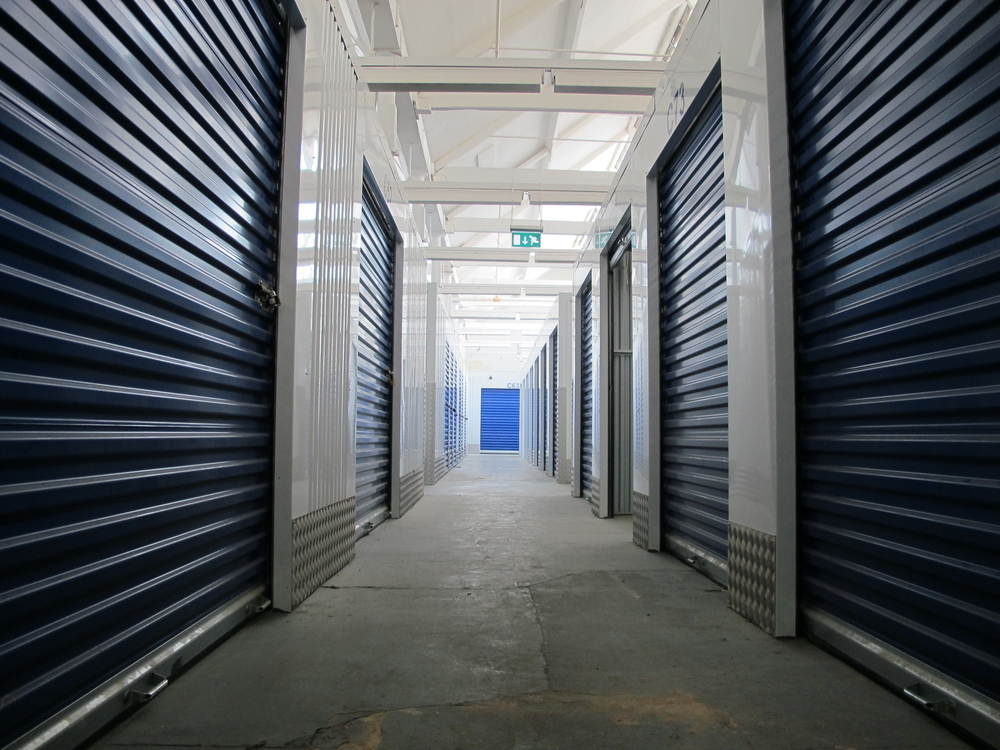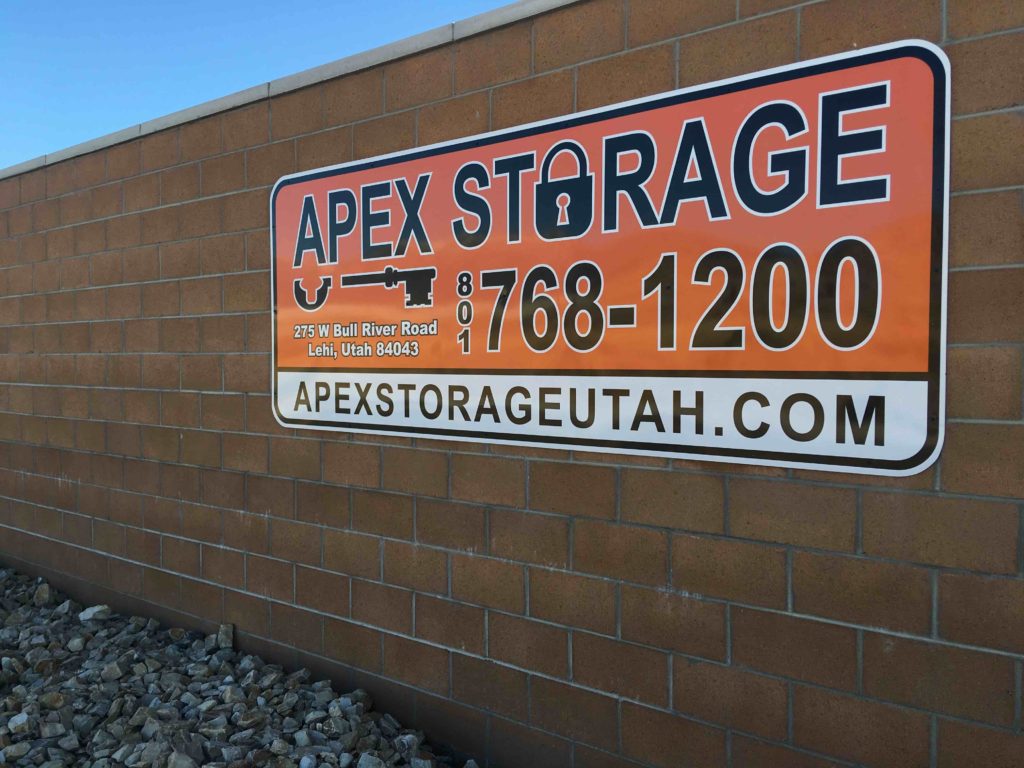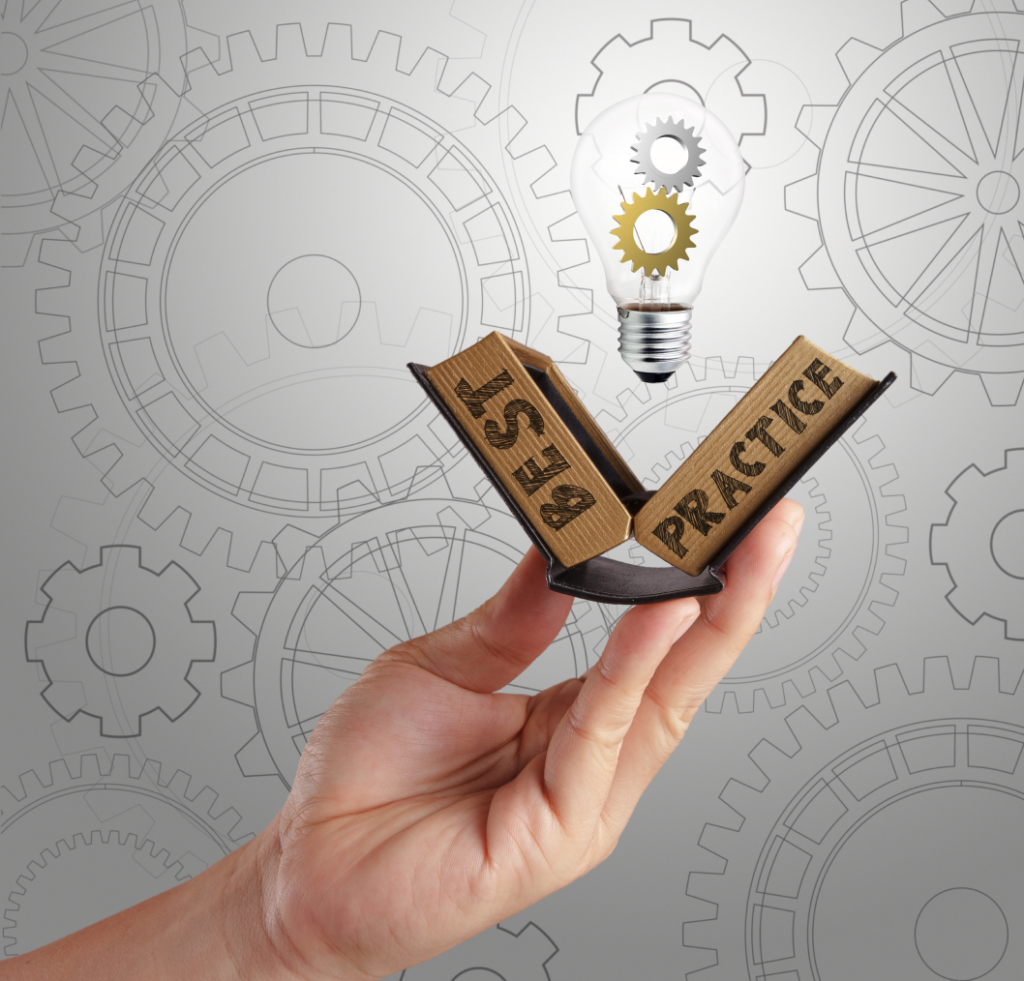BLOG
SHARE
Questions for Existing Customers
Sand Mini Storage’s blog is full of tricks and tips for getting the most out of your self storage experience, from how to store furniture to how to avoid unexpected moving expenses. We are the premier self storage facility in the Sandy, Midvale and West Jordan area of Utah. But being as close to the subject as we are, it’s not always possible for us to anticipate all of the problems that first-time storage renters might face. To get a better idea of issues faced by new renters and the solutions they came up with, we asked our customers a simple question:
What is one tip or piece of advice you’d like to share with other people researching and booking a storage unit?
The following are some of the responses people gave:
1. Finding the Appropriate Size
One of the most common problems encountered by new renters is size expectations not meeting reality. Some felt misled by size guidelines supplied by the facility or booking service:
“Don’t just follow the standard size guidelines. Every site said I needed a 10×15, but I actually needed a 10×20, at minimum. Take the time to figure out the size of your furniture and the volume of your boxes.”
Like this customer, many found they’d underestimated the size they needed and recommended going with a larger unit to err on the side of caution:
-
“Make sure you realize that the storage unit sizes are not always as large as they seem.”
-
“Don’t underestimate the size of the unit you will need.”
Other renters offered advice on how to better estimate the size you need:
-
“The best way to figure out what size you need is by experimenting with how your things fit together using an empty corner in your home, then measuring the best fit.”
-
“Be organized and know exactly what’s going into the unit in order to make sure you book the right size.”
One of the best pieces of advice was a reminder that while storage units are listed in two dimensions, taking advantage of that third dimension is an important part of fitting everything in:
“Realize that even though the size of the room is small, your items can always be stacked. You aren’t reserving a space that is 5 feet tall.”
Actually, storage units generally are between 8 and 10 feet tall.
There’s a reason why the height of a storage unit is listed. An extra few feet make a big difference when it comes to fitting more into your storage unit. Just be careful not to over load your unit to the point where an object could possible fall or crush other items stored below.
2. Choosing a Facility
One of the biggest decision when it comes to storing your belongings is choosing the right storage unit for you. While a lot of customers recommended using the Internet to find and compare facilities, many also advocated checking out the facility in person before signing a lease:
-
“Go to the unit in person to check on the security and appearance of the unit you require.”
-
“The Internet is easiest way to find storage. But after looking at facilities online, you need to physically check out the ones you have selected.”
Other customers added that the perks a facility offers–and potential downsides, like limited opening hours or additional fees–often can be more important than price itself:
-
“Check out at least 3 facilities and compare them, apples to apples, including any move in discounts and free truck usage.”
-
“Ask about time access to your unit as far as entrance goes. Ask about any rate increases and additional fees and insurance. For example, do they have a truck available to help you with your move?”
One of these most important perks is climate control, which is more expensive but helps guarantee the well-being of your belongings:
“Cheaper is not always better. The extra $5 or $10 you may pay each month is well worth the peace of mind knowing that your items are secure, free from pests and ever-changing weather.”
Finally, our favorite hint on finding the right facility:
“Finding a facility is simple and easy with SpareFoot.”
3. Getting the Right Price
The most common piece of advice for getting a low price on a unit was to expand your search area:
-
“I found that storage is cheaper in the outlying areas of town and surrounding communities.”
-
“At first I wanted a storage location closer to where I live, but this one was better by far than those close to home.”
-
“Shop around, try other cities nearby.”
 Perhaps our most most budget-minded customer recommended some old-fashioned haggling to score a deal:
Perhaps our most most budget-minded customer recommended some old-fashioned haggling to score a deal:
“Shop around for prices: you can usually bargain for first month free!”
4. Sizing Up the Unit
Many respondents suggested giving the storage unit itself a thorough inspection before signing any paperwork:
-
“Measure the inside of the unit: sometimes measurements like 5′ x 5′ are not exact.”
-
“Make sure you check the lock holder on your new unit. Sometimes they are loose from wear and tear.”
-
“Make sure the storage unit is not easily floodable.”
5. Watching Out for Extra Fees
It is important to make sure that your storage unit is insured. Some home owner’s or renter’s policies may cover a storage unit. To be sure, you should check with your insurance agent,
-
Sandy Mini Storage offers storage-unit insurance through a third-party insurance company–Storesmart Insurance. These plans are simply, straight forward and inexpensive. Having a peace of mind will always put you at ease.
-
“Make sure to see if there are any added fees like the ‘admin’ fee that they charged me an $20 extra for.”A lot of storage facilities add an administration fee. Sandy Mini Storage believes that an administration fee is generally unnecessary and is simply a way many storage facilities get extra money from their customers.
6. Making the Move
Finally, after selecting a facility and a unit and filling out the paperwork, many renters offered solid advice on what to do when you’re actually moving into your storage facility. A
-
“Make sure you call before you arrive at the facility because some facilities are closed for lunch or at other designated times. They could also be closed due to an emergency or a shortage of staff.”
-
“Don’t just assume things went smoothly on the facility’s end. Call the facility to confirm your reservation, including the size and price of the unit prior to moving in.”
Others dished out some superb packing tips:
-
“If you have furniture, remember to bring a blanket, sheet or canvas to lay out to protect it from the concrete floor.”
-
“Leave some extra empty space inside the unit if you think you’ll ever need to get to anything while it’s in storage. You can’t find anything unless you move it all out of the storage unit, and after that you’ll have to put it back. Lots of wasted time.”
you may also like
Flexible Storage Solutions: Tailoring Your Space at Apex Self Storage
In the dynamic landscape of today’s world, the concept of space has become more valuable than ever….







